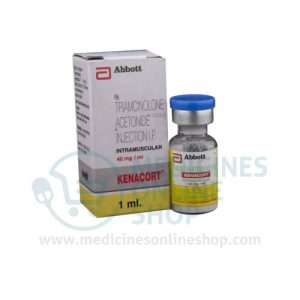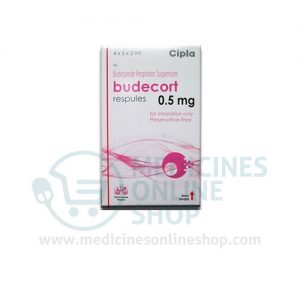What is this drug used for?
• It is used to treat asthma.
• Do not use this drug to treat an asthma attack. Use a rescue inhaler. Talk with your doctor.
Frequently reported side effects of this drug
• Headache
• Common cold symptoms
• Nasal irritation
• Throat irritation
Other side effects of this drug: Talk with your doctor right away if you have any of these signs of:
• Infection
• Adrenal gland problems like severe nausea, vomiting, severe dizziness, passing out, muscle weakness, severe fatigue, mood changes, lack of appetite, or weight loss
• Thrush
• Severe loss of strength and energy
• Irritability
• Tremors
• Fast heartbeat
• Confusion
• Dizziness
• Vision changes
• Trouble breathing
• Wheezing
• Cough
• Sweating
• Signs of a significant reaction like wheezing; chest tightness; fever; itching; bad cough; blue skin color; seizures; or swelling of face, lips, tongue, or throat.
Note: This is not a comprehensive list of all side effects. Talk to your doctor if you have questions.
Pronunciation
(be kloe METH a sone)
Generic Availability: US
No
Storage and Stability
Store at 25°C (77°F); excursions are permitted between 15°C and 30°C (59°F and 86°F). Do not use or store near heat or open flame; do not puncture canisters. Exposure to temperatures above 49ºC (120ºF) may cause canister to burst. Never throw container into fire or incinerator. Store QVAR inhaler on concave end of canister with actuator on top.
Adverse Reactions
Central nervous system: Headache, pain, voice disorder
Gastrointestinal: Diarrhea (children), nausea, oral candidiasis, vomiting (children)
Genitourinary: Dysmenorrhea, viral gastroenteritis (children)
Infection: Influenza (children)
Neuromuscular & skeletal: Back pain, myalgia (children)
Otic: Otitis (children)
Respiratory: Allergic rhinitis, cough, nasopharyngitis, oropharyngeal pain, pharyngitis, sinusitis, upper respiratory tract infection, viral upper respiratory tract infection
Miscellaneous: Fever (children)
Rare but important or life-threatening: Aggressive behavior, blurred vision, depression, dysgeusia (Tuccori 2011), psychomotor agitation, retinopathy, sleep disorder, suicidal ideation




